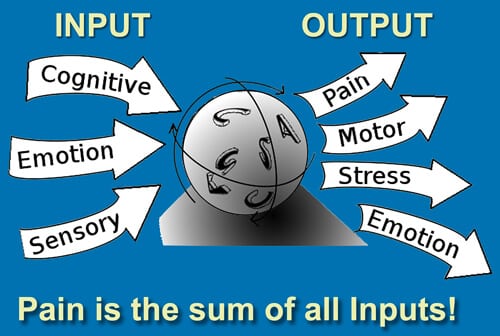
Memory & Bodywork Mastery
Our brains are very much like sponges. They are malleable and constantly adapting to peripheral input by strengthening existing neural connections and networks, a process called long-term potentiation (LTP).

Our brains are very much like sponges. They are malleable and constantly adapting to peripheral input by strengthening existing neural connections and networks, a process called long-term potentiation (LTP).
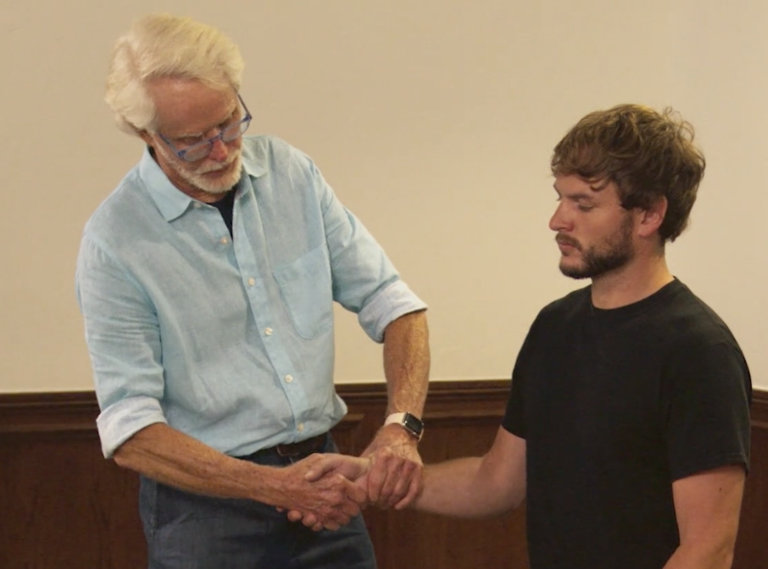
Both professional and recreational athletes depend on their hands, wrists and fingers for proper strength, grip and range of motion for optimal performance. Sprains commonly occur during active sports or household falls…
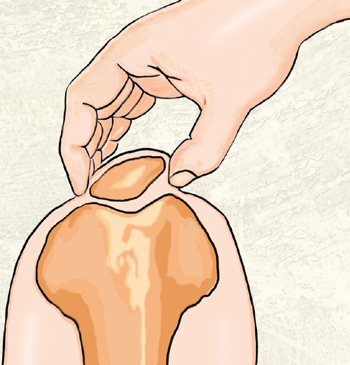
Often, the patella is tilted and sits in the knee the way a beret rests on the side of one’s head, thus the term “squinting
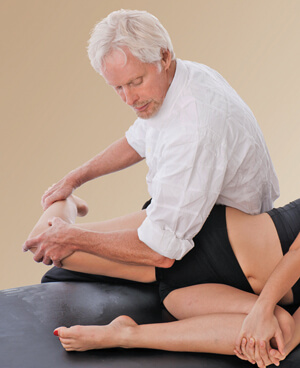
In the early 20th century, sacroiliac joint syndrome (SIJ) was the most common medical diagnosis for low back pain, which resulted in that period being labeled the “Era of the SI Joint.” Any pain emanating from the low back, buttock or adjacent leg usually was branded and treated as SIJ.

The AC joint sits on the point of the shoulder lateral to the sternoclavicular (SC) and proximal to the glenohumeral (GH) joint. Regrettably, this oft-overlooked bony articulation receives little respect from most manual therapists. Both the AC and SC joints play vital roles in the biomechanics of throwing and other upper-limb activities.
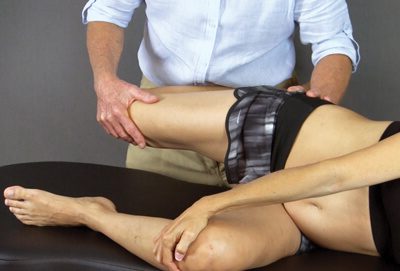
The femoral nerve is one of the largest neural structures in the leg. Its branches supply sensation to the upper thigh and control the quadriceps muscle, which is responsible for straightening the knee. Femoral nerve impingement can produce various symptoms. Numbness, tingling and shooting pain into the leg (and sometimes into the groin area) is common.
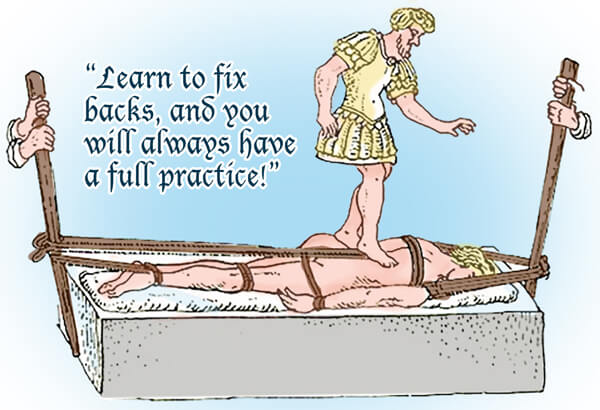
Ever since Hippocrates coined the term scoliosis to describe deformity of the spinal column, structural scoliosis (the fixed type) has occupied the attention of researchers, physicians and manual therapists
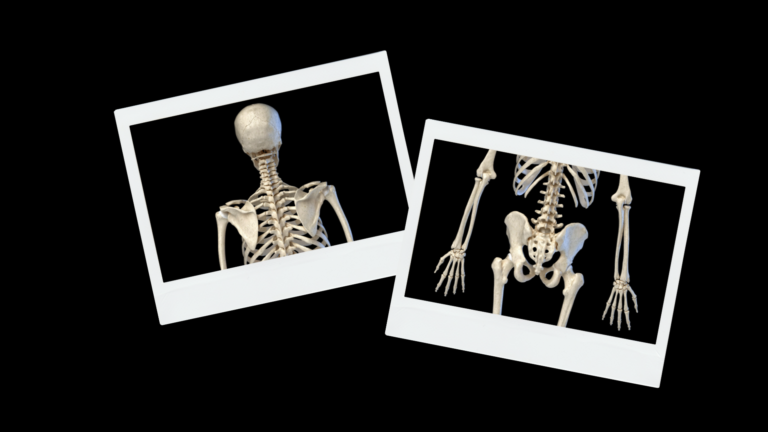
Most massage therapists have made the mistake of chasing pain around a client’s body. One week the client reports that pain arises in the left hip, while the next week, the client reports pain in the right knee.
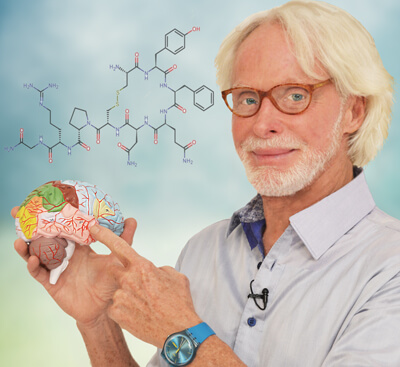
Triggering the feel-good hormones through touch Everyone knows good bodywork feels good, but what causes those feel-good feelings, and how can we further elevate our
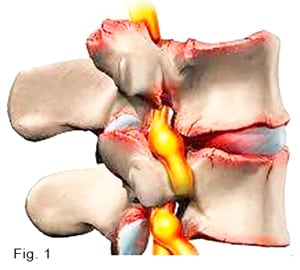
https://vimeo.com/212625130 From the Motion Is Lotion course Researchers do not know if impaired muscle function is the primary cause of joint dysfunction, or if the
Free subscription to the Technique Tuesday newsletter. Sign up to receive an in-depth article and technique video in your inbox every Tuesday.

© 2021 Freedom From Pain Institute